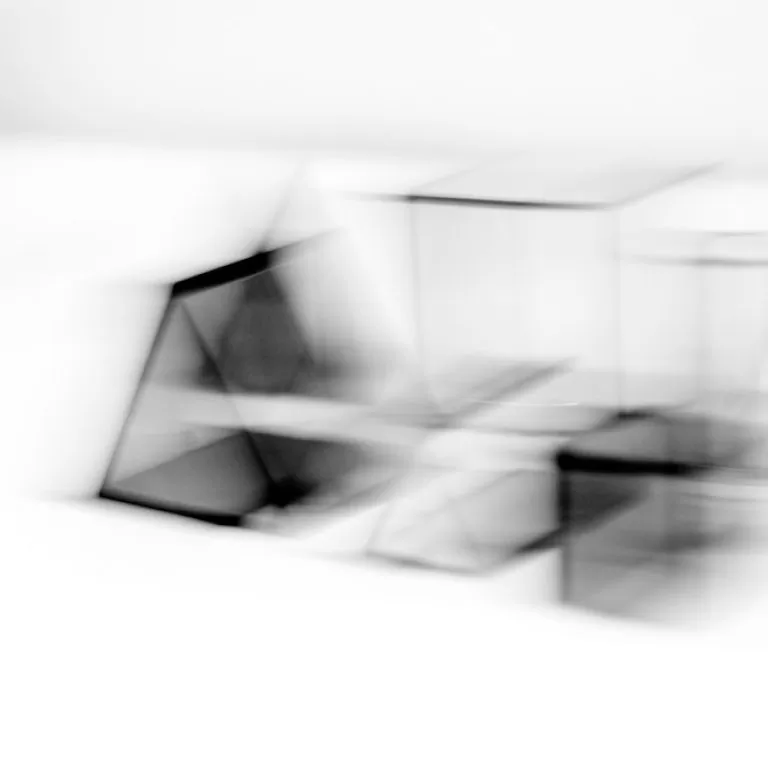
News Abstract approaches in time-lapse photography
The applications of time-lapse are steadily evolving, as both amateurs & professionals look for new ways in which to take the medium forward.
The process of time-lapse does not stop at the end of capture: the ways in which images are assembled together and how these are presented can stretch the boundaries and the techniques that are associated with it.
A myriad of possibilities are also available in post-production, with software which can fuel a photographer’s creativity.
Sparking curiosity
Any form of photography shapes how we see things. It is the most powerful photography, however, that makes us question our misconceptions.
Emanuele Fornasier’s Crystal Birth offers an enchanting look at chemical reactions through the lens of time-lapse photography.
Fornasier, a chemistry student at the University of Padua in Italy, captures a series of metals such as copper, zinc, silver and tin, as they go through the process of electrocrystallization. This chemical reaction involves a metal in liquid solution which is forced to become solid by electricity.
The crystals take hours to grow and so are left overnight under a camera with a macro lens and a flashlight. The camera captures an image once every minute or every few minutes.
The crystals taking shape, with exploding patterns of colour and texture against plain backgrounds are probably not what initially springs to mind when thinking of chemistry.
As Fornasier himself notes, “Chemicals are mainly perceived as something toxic […] I just make available what I think is beautiful to everyone.”
As this exemplifies, time-lapse facilitates a different perspective, allowing us to see things in a new light.
Similarly, Mike Olbinski’s monochrome masterpiece combines time-lapse and storm-chasing. Although powerful and sometimes terrifying movements of nature, Olbinski’s black and white palette makes a spectacular display out of these conditions.
As the photographer himself outlines, it is also the music which adds to the cinematic aesthetic of the video. The choice of song, which is also the name of Olbinski’s film, perfectly encapsulates the affect of watching storms of this scale: “Sometimes for me…when I’m chasing or watching an amazing storm…I’ll realize I haven’t taken a breath in a while.”
Time-lapse as abstract art
As Olbinski’s film shows, time-lapse is a technique that allows freedom to experiment both during and after capture.
Dennis Hlynsky’s ‘swallows of essex’ (below), utilises After Effects software to enhance his time-lapse footage of flying birds around Providence, Rhode Island. He is able to craft visual trails which follow the actual flight paths of the birds soaring across the skies.
The camera was pointed directly into the sky before the swallows engaged in their classic funnel-shaped dive.
With the help of post-production techniques, such a simple idea can be developed into a piece of art in and of itself.
But not all time-lapses have the same effect. Some narratives can be quite jarring, as the work of Jeff Frost shows. His ‘Circle of Abstract Ritual’ time-lapse video, brings the opposing ideas of creation and destruction together using 300,000 images of riots, wildfires, natural & urban landscapes, as well as paintings in abandoned houses.
In this sense, Frost’s work is not what we have come to expect from time-lapse – but perhaps that is the whole point. As the artist himself notes, some of the unusual imagery in his work is “a way to get an ever so slight edge on the unknowable.”
In all of these examples, with time-lapse as a lens, the ordinary becomes extraordinary.
The work of artist, Nobuhiro Nakanishi, plays about with form in new ways towards a similar effect. His project series, ‘Layer Drawings’, portrays ordinary events and the simple changes in everyday life.
This approach doesn’t involve watching time-lapse as we are so accustomed to, however. Nakanishi prints photographs taken at regular intervals onto glass, before displaying them as mesmerising layered sculptures.
Through these sculptures, Nakanishsi wants to express how we each feel and perceive time in our own way: “Time itself has no shape or boundary and cannot be fixed or grasped.
“When we look at the photographs in these sculptures, we attempt to fill in missing time and space, both ephemeral and vague.”
It is perhaps when we look to push familiar boundaries – in whatever medium we are working with – that we open up more avenues for questioning and discovery.
The work by this select few stands as testament to the versatility and significance of time-lapse as part of such a pursuit. Even in its most abstract forms, this mode of photography sheds light in new places.